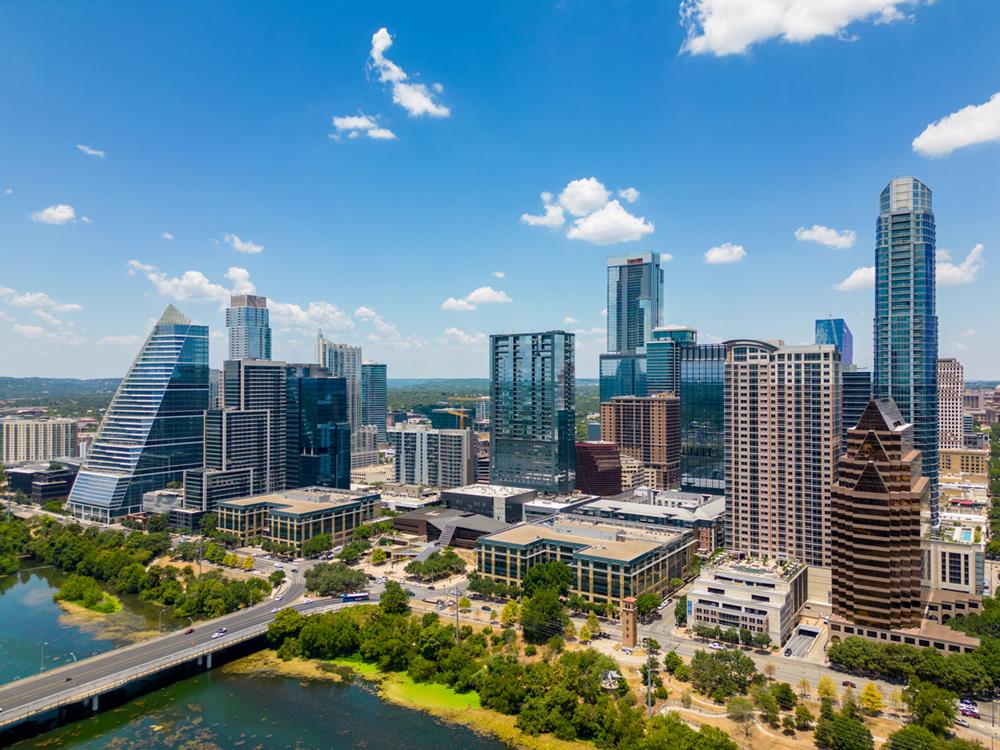Austin’s DIY Scene: Where Hobbyists Thrive

Austin's DIY scene thrives at the intersection of grassroots creativity and tech innovation. You'll find vibrant community hubs in areas such as the Eastern Crescent, where more than 30 organizations provide resources and workshops for creators. The city ranks in the top national percentiles for arts providers and public support, generating over $4.35 billion in economic activity annually.
Despite real estate challenges, makerspaces and creative networks continue to grow, supported by UT Austin's intellectual capital and a diverse funding ecosystem.
The Creative Backbone: Austin's Grassroots Arts Movement
View this post on Instagram
When passion meets the practical need for space, Austin's real estate market poses unique hurdles. Rising property costs and shifting downtown occupancy trends have reshaped where hobbyists can work. Still, opportunities exist through: While high interest rates and economic uncertainty remain challenges, Texas employment growth—averaging about 1.9% this year—may help stabilize opportunities for creators seeking affordable space. At the center of Austin's DIY movement is a network of community hubs that provide more than space—they foster the social infrastructure essential to sustaining creative activity. These hubs, concentrated in the Eastern Crescent, include more than 30 organizations offering resources, workshops, and emergency assistance. They also act as a networked response system during crises, strengthening resilience while encouraging day-to-day collaboration. Mini-grants help groups develop culturally relevant programming, and the city's plan to expand to 30 hubs by 2025 will increase access to tools, knowledge sharing, and opportunities—particularly in climate-vulnerable neighborhoods. Many of these spaces were developed following Winter Storm Uri, which exposed inequities in how communities accessed essential services. Austin's DIY culture builds community and drives the economy. Creative participation contributes to a sector that generated over $4.35 billion in economic activity and $71 million in city tax revenues. This sector has grown 15% faster than Austin's overall economy. The broader impacts include: By engaging in DIY culture, you're part of a six-industry creative sector that helps sustain Austin's 4.5% GDP growth rate while enhancing cultural and economic resilience.Tech Meets Imagination: How Silicon Hills Powers DIY Innovation
Finding Space to Create: Navigating Austin's Economic Challenges
Community Hubs and Networks: The Lifeblood of Austin's DIY Culture
From Hobby to Impact: The Economic Ripple Effects of DIY Expression